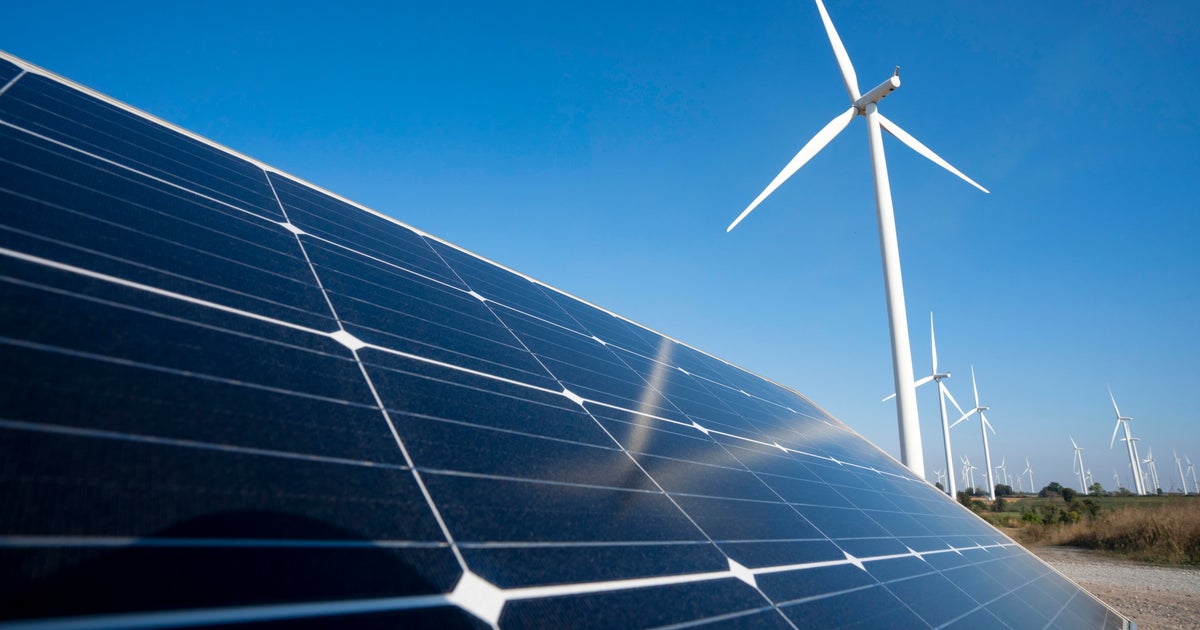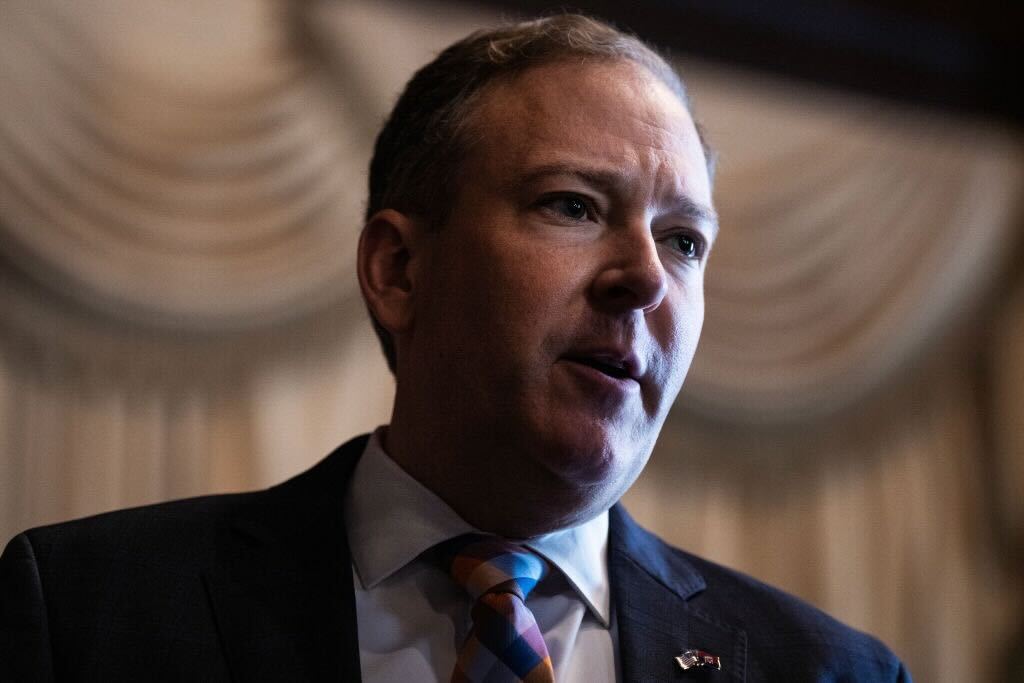What does it cost to flush a toilet?
President Donald Trump's claim during a White House gathering last week that Americans waste water by repeatedly flushing their low-flow toilets generated plenty of amusement online. But behind his comments, which noted that the Environmental Protection Agency may cut water regulations, is a genuine dollars-and-cents question: How much does it cost to flush a toilet?
Turns out it depends on what kind of toilet you're using, along with local water and wastewater costs. But what is consistent is that water and sewer bills, while varying widely across the U.S., are rising across the board. Meanwhile, toilets typically account for the greatest share of indoor water consumption in the average home — up to 30% of a household's H20, according to figures from the EPA.
One way to calculate the cost a single toilet flush is to look at water use. Most toilets sold today fall under a 1994 law (1997 for commercial buildings) aimed at reducing water use. The law mandated that new toilets use no more than 1.6 gallons of water per flush, instead of the 3.5 to 6 gallons of water typical at the time. In recent years, toilets under the EPA's WaterSense label use an even more miserly 1.28 gallons.
For the average family, WaterSense models can cut annual water usage by 20% to 60%, or almost 13,000 gallons of water. That saves $110 a year in water costs and up to $2,200 over the life of the toilet, according to the EPA. Households can also save $380 per year in water costs a year, an 17 gallons of water a day, by using WaterSense-labeled appliances, Bloomberg recently noted.
Light to heavy waste
At Consumer Reports, toilets are reviewed for how they handle "light solid waste" and "heavy solid waste." Rated from "excellent" to "fair," most typically meet the rigorous testing after one or two flushes, John Galeotafiore, an associate director of testing at the consumer-rating company, told CBS MoneyWatch.
Only a few models require more flushes, with the least efficient taking four or five flushes to "fully clear them out," Galeotafiore said. Consumer Reports halts testing at five flushes.
One way to roughly calculate the cost of flushing, Galeotafiore said, is to look at water and sewer rates based on Department of Energy data. Using those figures, a 1.6 gallon toilet would cost roughly 1.3 cents per flush. WaterSense toilets would come in at about a penny, while older toilets, consuming 3.5 gallons per flush, cost 2.8 cents, Galeotafiore said.
Both water and sewer costs can vary widely, it's worth noting, which makes it tricky to calculate a precise cost per flush. Homes in California and desert locations can have higher water and sewer rates, for instance.
But that still leaves room for some basic number-crunching. Most people flush the toilet roughly five times a day, according to various estimates. So per person, that means the typical toilet cost about $24 a year to flush, or $95 for family of four.
Water use is rising — so are prices
The availability of water remains an issue across the country. A 2014 General Accounting Office report found that 40 of 50 state water managers expected water shortages in some part of their state in the coming decade.
Recent reports on rising water bills back up that concern. The average monthly household water bill in the U.S. will run about $104 this year, a jump of 3.6%, according to a recent annual study of 50 cities from Bluefield Research. Since 2012, water bills have surged 31%, far outpacing inflation.
The EPA estimates that if all U.S. toilets were replaced with WaterSense-approved models, it would save some 520 billion gallons of water — roughly the amount of water that flows over Niagara Falls in 12 days.





